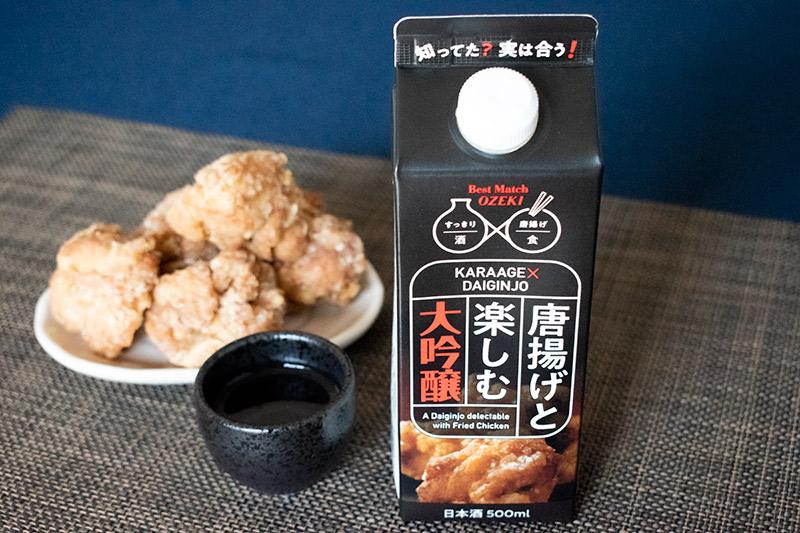
Recommended By a Japanese Sake Lover! 4 Japanese Sake Brands That Pair Perfectly With Karaage
Karaage is an incredibly popular side dish and snack in Japan! But what type of Japanese sake pairs best with it? This article showcases four brands of Japanese sake that complement karaage.
This post may contain affiliate links. If you buy through them, we may earn a commission at no additional cost to you.
What Type of Japanese Sake Goes Best With Karaage?
Karaage is a Japanese dish made by lightly covering chicken, fish, or vegetables in flour or potato starch and frying them in oil. The most common form of karaage is chicken seasoned with soy sauce, garlic, or ginger. Karaage is a staple of Japanese home cooking, but in recent years many karaage restaurants have been popping up. It’s become a popular appetizer or side dish when drinking.
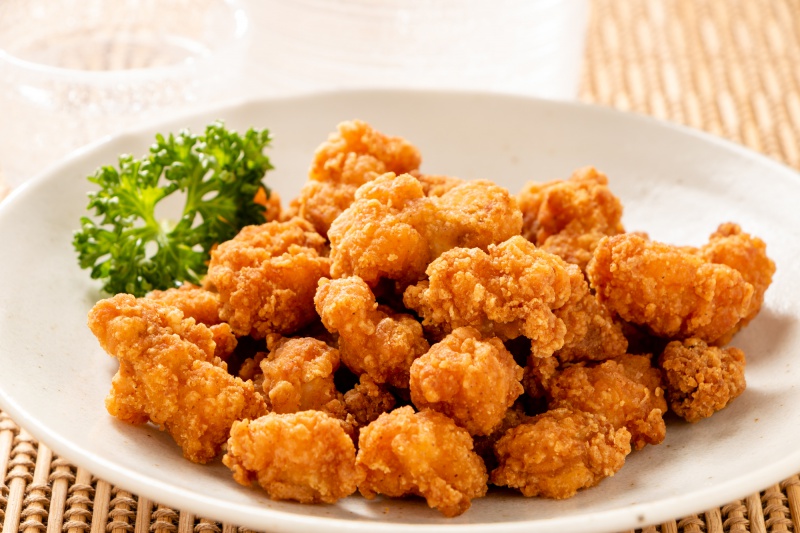
So, which type of Japanese sake should you choose to go with karaage?
Japanese sake can be divided based on flavor into the following four categories:
Kunshu - Fruity, light flavor
Soshu - Light, refreshing flavor
Junshu - Strong, rich flavor
Jukushu - Aged for complex, rich flavors and aromas
Of these four, the type that pairs best with karaage is junshu. There are also several brewing methods that we recommend. "Junmaishu" is Japanese sake brewed without any added alcohol - just rice, koji (rice malt), and water. There\'s also "kimoto," a traditional brewing method which involves mashing the rice and koji together. Finally, there\'s "yamahai," which is brewed using only naturally forming lactic acid that has been left over time to multiply.
Let’s move on to our four Japanese sake selections!
Aside from karaage, these also pair well with other fried foods such as KFC or Taiwanese fried chicken steak, so try these out as well if you have the chance.
1. Daishichi Junmai Kimoto
Daishichi Junmai Kimoto has the rich body and flavors typical of kimoto sake, plus a pleasant aftertaste. It is produced at a brewery with a long history, founded in 1752. Among Japanese sake lovers, this is known as the definitive kimoto sake. The rich flavors are most prominent when it is served at 40℃. It also pairs well with fatty foods like salmon.
1.8L: 2,780 JPY (incl. tax)
720mL: 1,390 JPY (incl. tax)

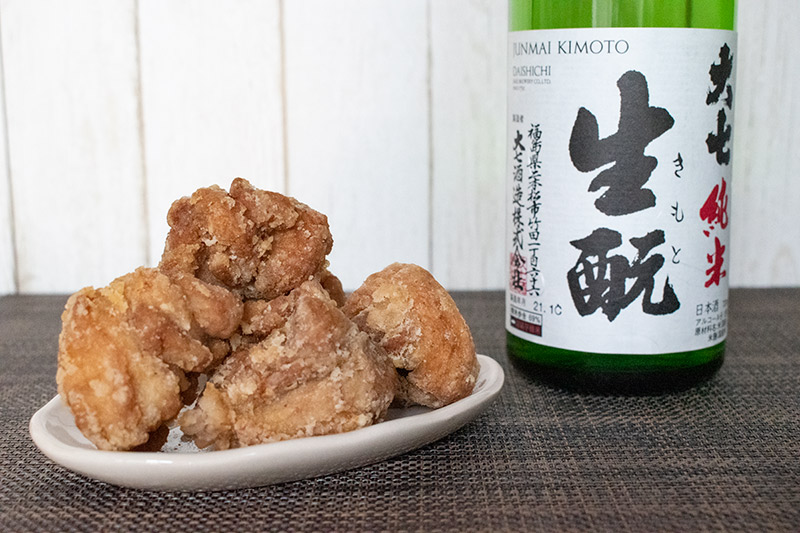
2. Kiku-Masamune Honjozo Josen
Kiku-Masamune Honjozo Josen has earned a three-star rating for seven years running from the ITQI (International Taste Institute) Superior Taste Awards, judged by famous chefs and Japanese sake sommeliers. It is also brewed with the kimoto method, and has a smooth, harmonious taste that goes down easy. It is best served at 45℃ for a clean, refined flavor free from any imperfections. With its refreshing fruity aroma, it pairs perfectly with karaage.
1.8L: 2,035 JPY (incl. tax)
720ml: 861 JPY (incl. tax)
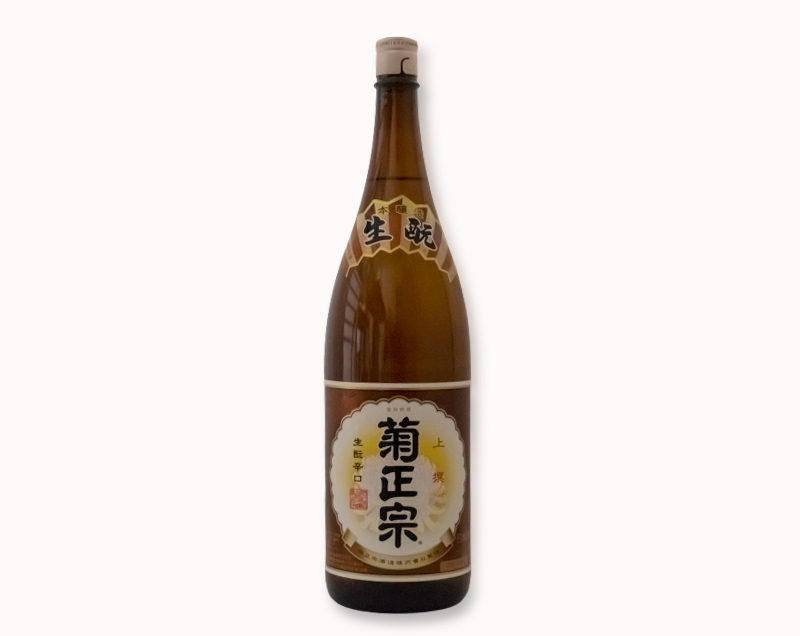
3. Tamagawa Junmai Nigori
This Japanese sake is the unique creation of the English doji (head of a Japanese sake brewery) Philip Harper. Because the solid sediment of the rice and yeast are left in, the bottle needs to be shaken well before pouring. Once it’s in your cup, you’ll be surprised by the viscosity and thickness of this white drink.
Brewed using the yamahai method, Tamagawa Junmai Nigori is best served between 45℃ and 55℃. Heating the Japanese sake settles the acidity and bitterness to create a mild, smooth taste. This Japanese sake contains rich flavors without being too sweet, leading to a refreshing flavor.
1.8L: 2,860 JPY (incl. tax)
720mL: 1,430 JPY (incl. tax)

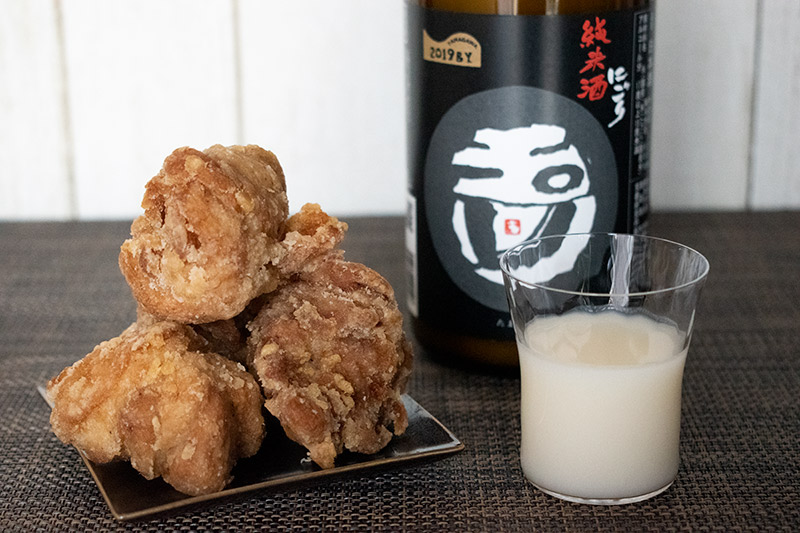
4. Ozeki KaraageXDaiginjo
This Japanese sake is brewed specifically to complement karaage, hence the unique, on-the-nose name. It has a fruity aroma and refreshing aftertaste designed to go with the savory, fatty flavor of karaage.
This Japanese sake is not made using the aforementioned brewing methods, but instead uses a method called "daiginjo." The rice is refined to remove inconsistencies, and alcohol is added to the rice, koji, and water to create a sharp aftertaste.
500mL: 698 JPY (incl. tax)
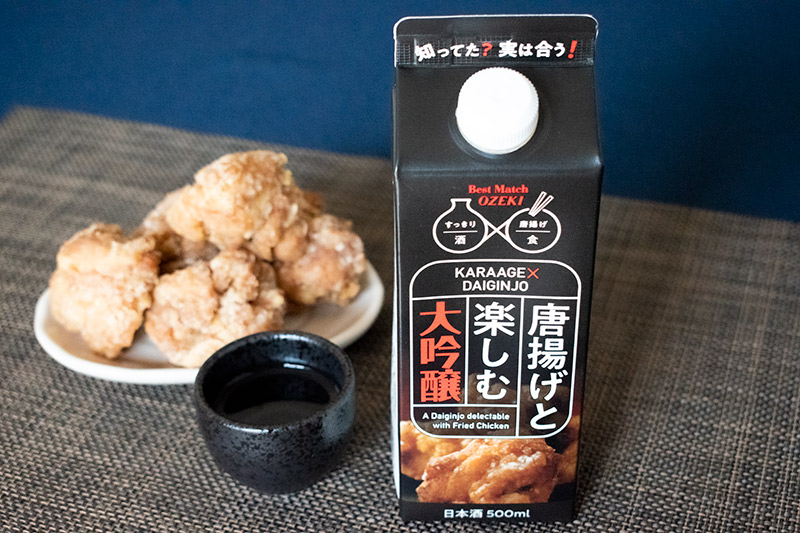
What do you think of these choices? If you were looking for Japanese sake to pair with food, perhaps you’ve been introduced to some delicious brands you wouldn’t normally pick up. These will make your normal, everyday karaage even more delicious!
The information in this article is accurate at the time of publication.



